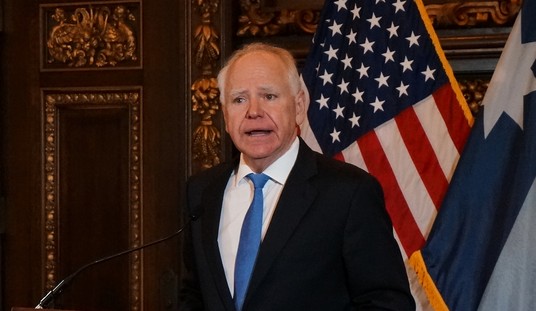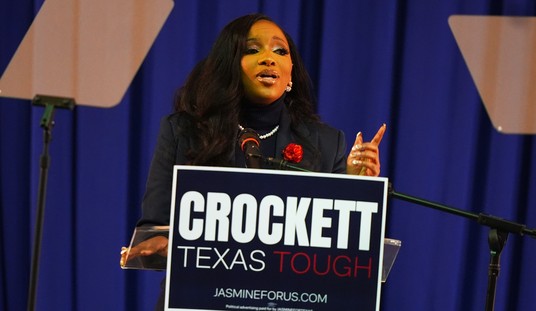Einstein was right, “The world is a dangerous place to live, not because of the people who are evil, but because of the people who don’t do anything about it.”
The United States pulled up stakes in Vietnam and left a very good ally, the Montagnards (or Mountain People), to suffer their own fate. History is again repeating itself with the Kurds in Iraq.
For the Kurds, this is the second time around. The United States backed out on them following the First Gulf War in 1991. Yet, after having endured all Saddam’s subsequent butchery, they still supported America in the 2003 invasion.
Today’s situation started one hundred years ago with the Picot-Sykes Agreement. The void created by the collapse of the Ottoman Empire allowed the British and French governments to create countries with straight-line borders without regard for religion, ethnicity, and tribal bonds.
Kurdistan, which rightfully should have been identified as a separate nation, was divided between Iran, Iraq, Turkey, and Syria. While the Kurdish people lost their opportunity for self-governance, they did not lose their identity.
As the Senior Antiterrorism Officer for the first two years of Coalition Forces in Iraq, I did not have to focus attention on Kurdistan. They were our allies and their military force, the Peshmerga, had the region well under control.
One area that always had my concern during 2003 and 2004 was what I called the “Iranian Wedge.” Like connecting the dots, this mid-southern region went from Kut, near the Iranian border, to Hilla, Najaf, Karbala, Diwaniyah, and back to Kut. Shaped like a wedge, it was being used by the Iranian government to divide the Shia south from the Sunni north and west. Upon my return to Iraq in 2005, I realized the Iranians had succeeded and had moved on to destabilizing Baghdad and Iraq’s northern provinces. Kurdistan was standing firm against Iranian meddling and infiltration.
Recommended
Meanwhile, Iraqi Prime Minister Nouri al-Maliki was receiving money and military support from Washington, but taking orders from Tehran. The massive corruption of the Maliki government, and his genocide against the Sunnis, eventually resulted in ISIS taking much of northern and western Iraq.
When Maliki’s military fled Kirkuk, well before the arrival of ISIS, the Peshmerga entered the city. This action was both regional defense and the regaining of property stolen from them a generation earlier by Saddam. To expand his Sunni-Arab power base and to gain access to the region’s massive oil reserves, Saddam had forcefully taken Kirkuk.
The Peshmerga’s defense was so strong that ISIS had to bypass Kirkuk on its successful advancement to Tikrit. If Maliki had provided the Kurds the equipment they were slated to receive when the Americans left Iraq, the Peshmerga would have blocked all ISIS advances.
The slow fight to remove ISIS from Iraq allowed time for occupied Sunni communities to be devastated and the Peshmerga, who were bearing the brunt of the fighting, to be weakened.
Heavily backed by U.S.- designated Specially Designated Global Terrorists (SDGT), the Islamic Revolutionary Guards Corps (IRGC) and the Quds Force, the Iraqi military is now attacking the Kurds. Iran wants to destroy the Peshmerga, as with Russia’s support it continues to destroy the Free Syrian Army. The intent of Iran is to extend its unimpeded military power from Tehran to the Mediterranean. This is a repeat of the tactics and long-term strategy applied to the “Iranian Wedge.”
Adding to this situation is this week’s revelation that Iranian conventional and militia forces are using American military equipment and benefiting from training received both directly and indirectly from U.S. forces. Tactics, techniques, and procedures provided to Iraqi soldiers have long-since been passed on to the Iranians. Iranian sponsored Hezbollah is now proudly being photographed driving U.S. Abrams tanks. Congressman Duncan Hunter was correct in his assessment that “We're equipping and training the wrong people.”
Tehran is not going to stop when it achieves its near-term goals in Syria and Iraq. As the number one nation-state exporter of terrorism, Iran is going to push further out in that region and, ultimately, in the entire globe. Meanwhile, Washington fails to make the connection between the fall of northern Iraq to long-term global security.
If President Trump is serious in his proclaimed active role against international terrorists, he needs to come to the flank of the Kurds, as they firmly stood on ours during two Gulf Wars. He further needs to stop allowing Iran to benefit from U.S. training, funding, and equipment.

























Join the conversation as a VIP Member